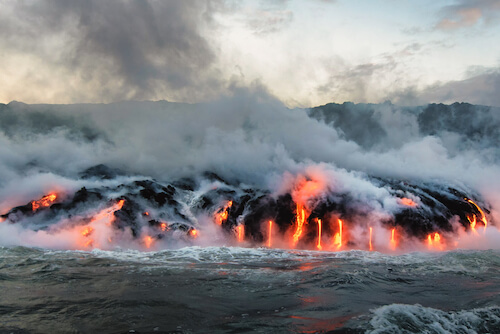
Most experts will tell you it's (so far) been impossible to predict earthquakes. Given all this activity, can't we predict earthquakes in the Ring of Fire? Most of the earthquakes on the list are strictly within the Ring of Fire, and they range from magnitude 9.5 to 8.5. Mountains, like the Andes in South America and the Rockies in North America, as well as volcanoes have formed through the collision of tectonic plates. When the plates collide or move apart, for instance, the Earth moves, literally.

The tectonic plates move non-stop over a layer of partly solid and partly molten rock. Why so many volcanoes in the Ring of Fire? Although levels of threat differ depending on local factors like your proximity to the quake's epicenter, whether it's out to sea or on land - and standards of housing. This means people's lives are under almost constant threat in Indonesia, the Philippines, Malaysia, Japan, Australia and New Zealand, Papua New Guinea, and other island nations like the Solomon Islands, Fiji, and many more in Melanesia, Micronesia and Polynesia, all the way east to the western seaboard of the North and South Americas.

There is a lot of seismic activity in the area.Ībout 90 percent of all earthquakes strike within the Ring of Fire. It's a string of at least 450 active and dormant volcanoes that form a semi-circle, or horse shoe, around the Philippine Sea plate, the Pacific Plate, Juan de Fuca and Cocos plates, and the Nazca Plate. The Ring of Fire dominates the Pacific Ocean.


 0 kommentar(er)
0 kommentar(er)
